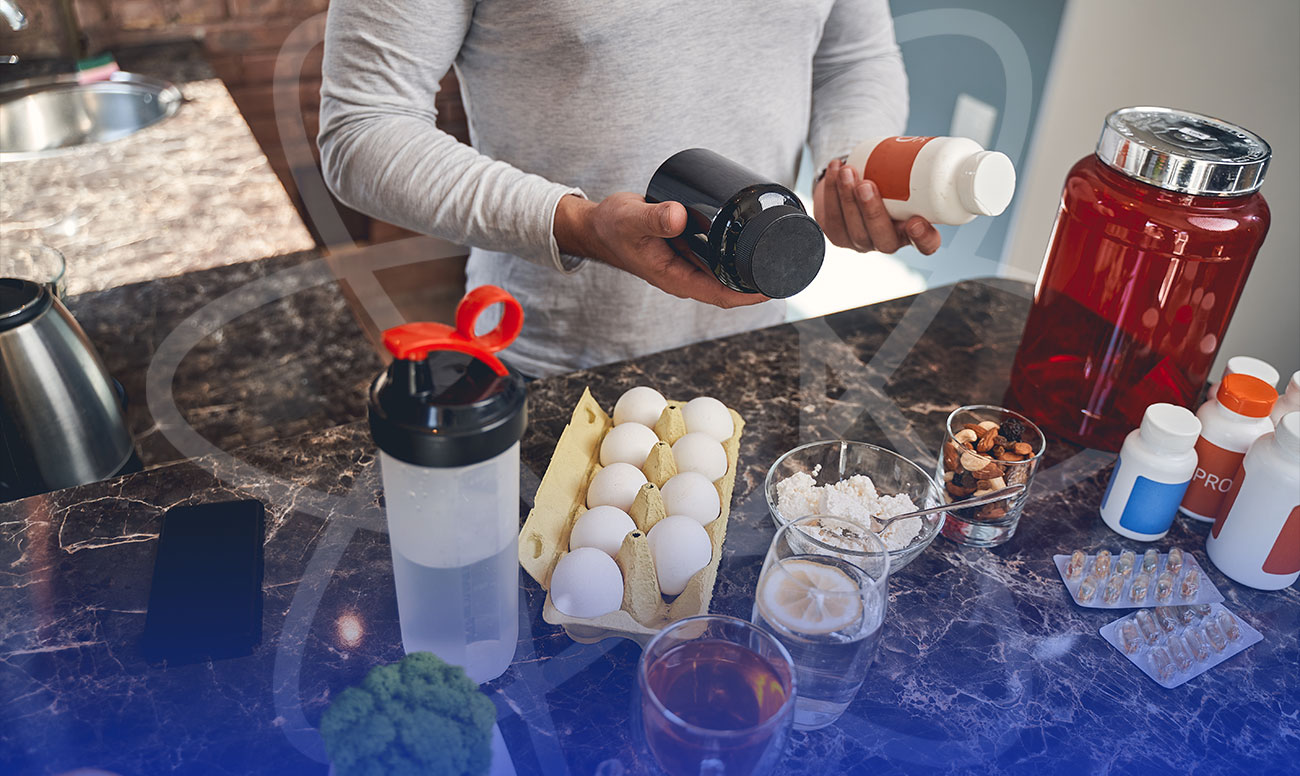
Strength assessment
Currently, muscle strength training is being widely used by various sectors of the population, from young people to the elderly. This is thanks to the tireless efforts of various institutions and researchers who have demonstrated the efficacy, safety and benefits associated with strength training.
Training instructors in gyms and sports centers must be prepared not only to design strength training programs, but also to perform an assessment according to the demands of the client.
Strength assessment is part of training control to determine the training process and changes in performance, assess the relevance of strength and power, define the strength needs and profile of the athlete, as well as prescribe the most appropriate training.
There are dozens of physical strength tests that can be applied to athletes, the more specific the test the better we can compare the results of the athlete.
Strength evaluation exercises
Use these strength tests before starting weight training and then periodically during your training program.
The first test is one of the versions of maximal strength known as the 1-RM or Maximum Repetition, followed by the abdominal test and the arm raises, also known as the push-up test.
Evaluation of Maximal Strength (1-RM)
This test is appropriate for many athletes. The procedure generally consists of the bench press and the back squat or leg press. These are compound movements that incorporate most of the major muscle groups in the upper and lower body.
Muscular endurance assessment
The following two strength tests measure muscular endurance. The standard exercises used are abdominal crunches and squats. Again, these can be adapted.






